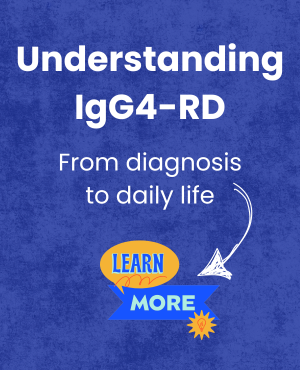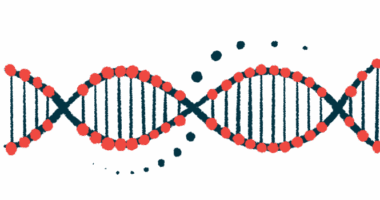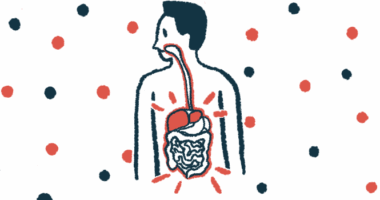Salivary gland imaging can make it easier to diagnose IgG4-RD
Specific patterns help distinguish disorders with gland inflammation: Study

Imaging of the salivary glands can help distinguish IgG4-related disease (IgG4-RD) from other disorders that can cause inflammation in those glands, a new study shows.
The findings indicate people with salivary gland inflammation related to IgG4-RD tend to show distinctive patterns of damage to some of the tubes, or ducts, that secrete saliva, particularly those located under the jaw. These patterns, revealed using sialography (X-rays of salivary ducts and glands), may help clinicians pinpoint the disease.
The study, “Application of Sialography in Diagnosis and Differential Diagnosis of IgG4-Related Sialadenitis,” was published in Oral Surgery, Oral Medicine, Oral Pathology and Oral Radiology.
IgG4-RD can lead to dry mouth due to salivary gland inflammation
IgG4-RD is an inflammatory disorder marked by the infiltration of immune cells, some of them producing the IgG4 antibody, in tissues, often causing tumor-like masses that can affect various organs. In some people, the disorder leads to salivary gland inflammation, or sialadenitis, which can give rise to symptoms such as dry mouth.
Other disorders that can cause sialadenitis include Sjögren’s disease (SS) and chronic obstructive parotid/submandibular sialadenitis (COP/COS). It can be hard for clinicians to tell the difference between sialadenitis that’s caused by the different disorders, as patterns of tissue damage and symptoms may be similar.
“Sialography offers detailed visualization of the [ducts in the salivary gland] and facilitates the assessment of gland function, making it a valuable diagnostic tool for salivary gland disorders,” the researchers wrote. “However, its application in diagnosing IgG4-RS has been relatively limited compared to SS and COP/COS.”
Scientists in China conducted a study to see whether sialography may be useful for distinguishing IgG4-RD from Sjögren’s disease and COP/COS in people with sialadenitis. They retrospectively analyzed sialography data from 40 people with IgG4-RD, 61 with Sjögren’s disease, and 69 with COP/COS.
Several types of damage were analyzed, including abnormal dilation (widening) of salivary gland ducts and small ducts becoming pinched off or decreased in size.
Based on these patterns of damage, the researchers classified each patient into one of four types. In type 1, there were small ducts that were decreased in size but with no abnormal dilation; in type 2, there was both dilation and pinched-off ducts; and in type 3, there was duct dilation alone. The fourth type referred to patients without any notable abnormalities.
Certain patterns of damage was more characteristic of 1 type of disease
Results showed each of these patterns was more characteristic of one type of disease. For example, nearly all of the COP/COS patients had type 3 damage in all salivary glands assessed. Sjögren’s disease patients most commonly had type 2, though there were also some classified as types 1 or 3.
For IgG4-RD, patterns varied depending on which salivary gland was being assessed. When looking at the submandibular glands (the salivary glands located under the jaw), the team found 73.9% of patients were type 1 and the remainder were type 3.
However, in terms of the parotid glands (salivary glands beneath and in front of each ear), about 40% of IgG4-RD patients were type 1 and an equal proportion were type 3, with a handful of patients classified as type 2 or showing no abnormalities.
“We found that [IgG4-related sialadenitis] was predominantly associated with Type I patterns, especially in the submandibular glands … which was significantly higher than in the parotid glands,” the researchers wrote.
Based on these data, the researchers suggested a type 1 pattern of damage in the submandibular gland could be a clue to consider IgG4-RD as a potential diagnosis, supporting the idea that sialography could help distinguish between it and other salivary gland disorders.
“Integrating sialography into diagnostic workflows could enhance disease differentiation, increase diagnostic confidence, and facilitate gland function evaluation, thereby supporting more precise and effective treatment,” the researchers wrote.
They noted, however, their analysis was limited to a fairly small number of patients seen at a single center, so more work will be needed to validate and expand upon these findings.








